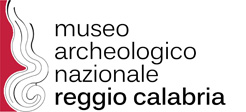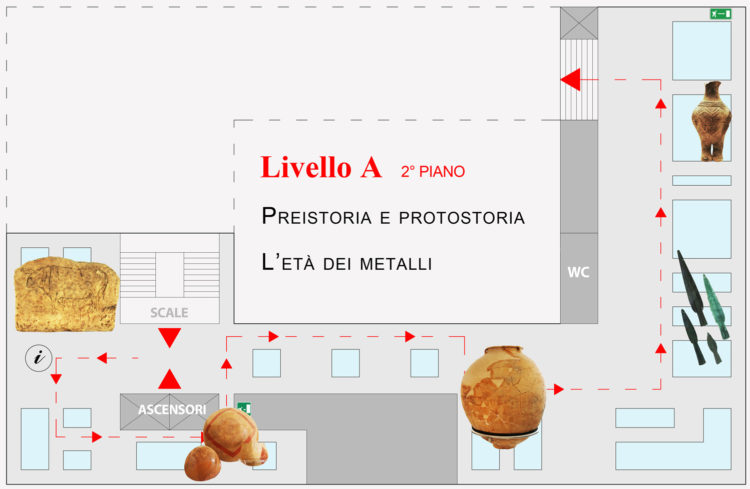Calabria, a land in the heart of the Mediterranean, has always been a crossroads of peoples and cultures, and offers extraordinary evidence of the early stages of the population related to ancient prehistoric times.
Tools of stone from Casella di Maida (CZ) are a precious evidence of the skills of tools manufacture that belong to the so-called “Pebble culture”.
The Grotto of the Virgin (Cosenza), an early expression of artistic and communicative style are painted pebble in Mesolithic Ages. Important vestiges of the upper Palaeolithic come from Grotta of the Romito: numerous perforated shells witness to the use of primitive jewelry, while the cast of the inscription of Bos primigenius taurus is one of the cave oldest in Italy.


